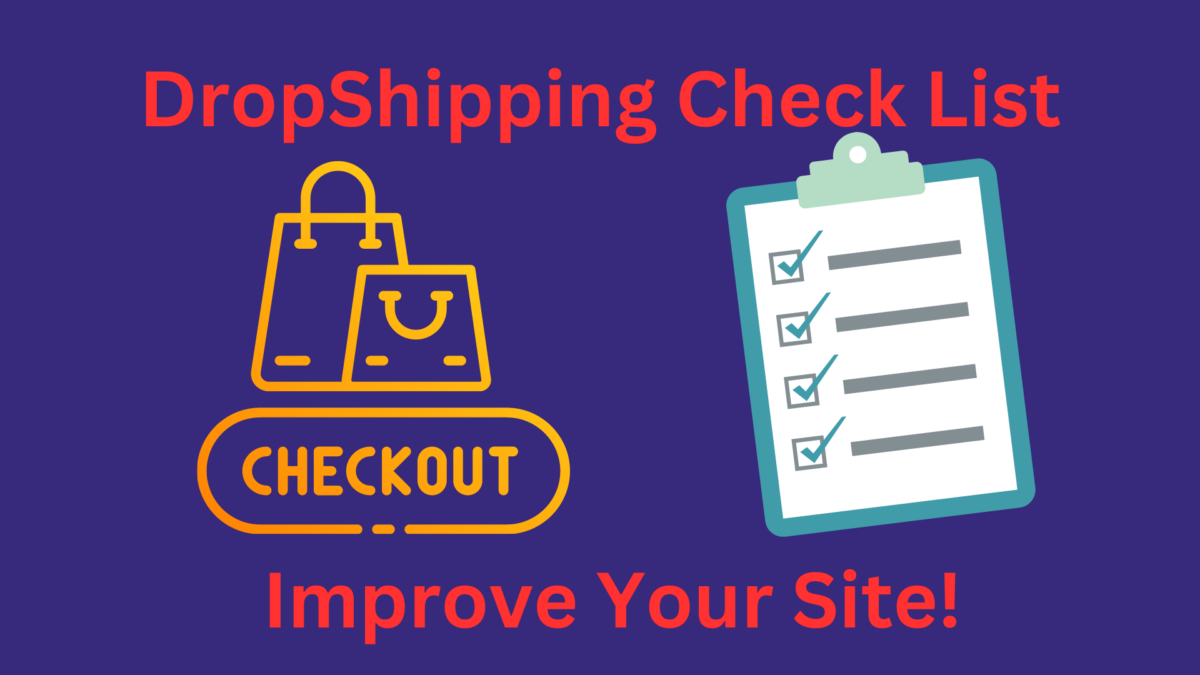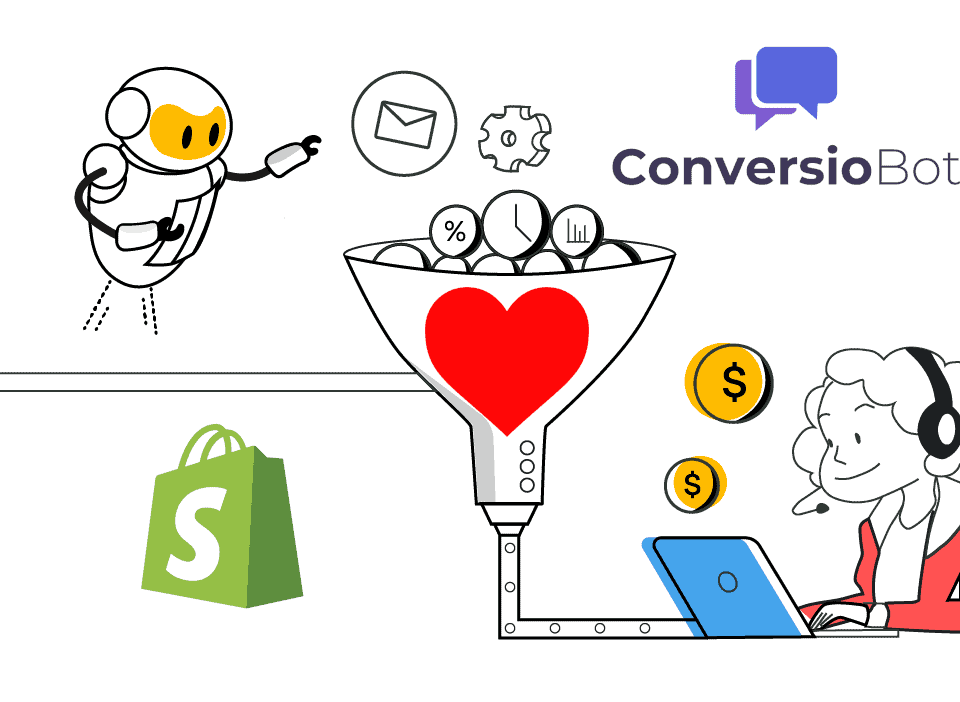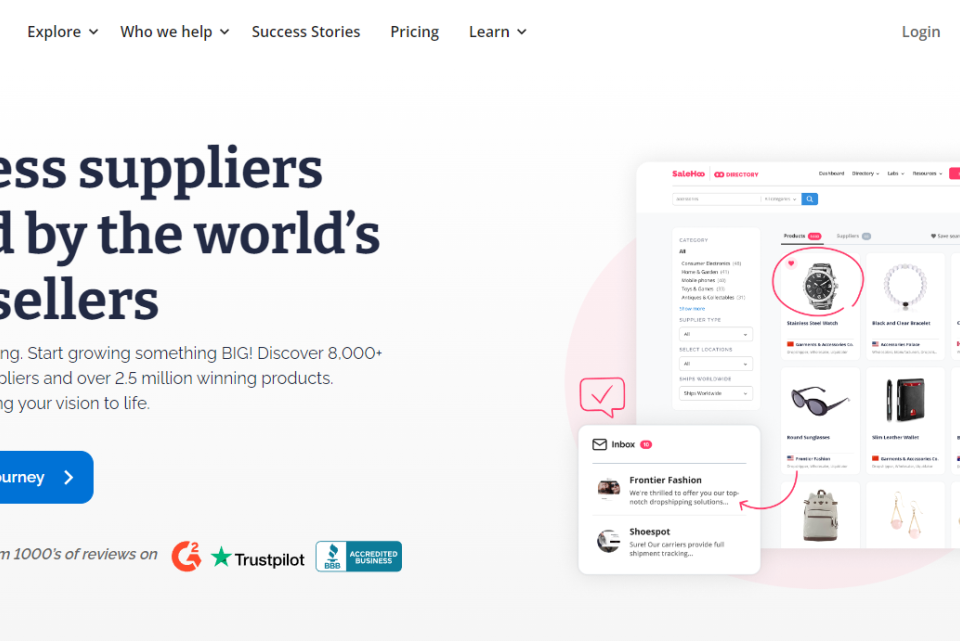When it comes to running a successful eCommerce site, having a solid SEO strategy is essential.
However, knowing where to start or which factors to prioritize can be challenging.
To help you navigate this complex landscape, we've put together a comprehensive eCommerce SEO checklist that covers the key elements you should include in your strategy to ensure that your SEO efforts are effective and targeted.
With this guide, you'll be well-prepared to optimize your eCommerce site and achieve higher search engine rankings.
DropShip/eCommerce SEO checklist
1
Ensure your website is indexable and crawlable One of the most crucial steps you can take for your website is to ensure that search engine bots can index and crawl it.
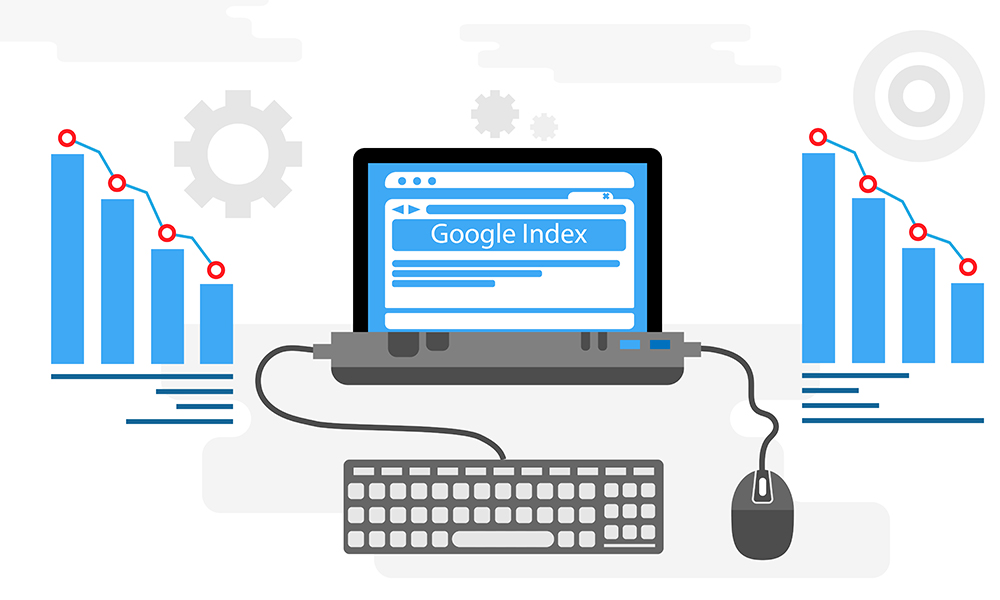
These bots traverse the internet, examining every accessible page to determine what a site is about.
This information is then compiled into an indexed database of every URL before being processed through their ranking algorithm.
If a search engine's bots can't crawl your site, they can't rank it!
2
Resolve 4XX errors When your pages display 4XX errors, such as "404 Not Found," it means that search engines cannot crawl and index those pages.
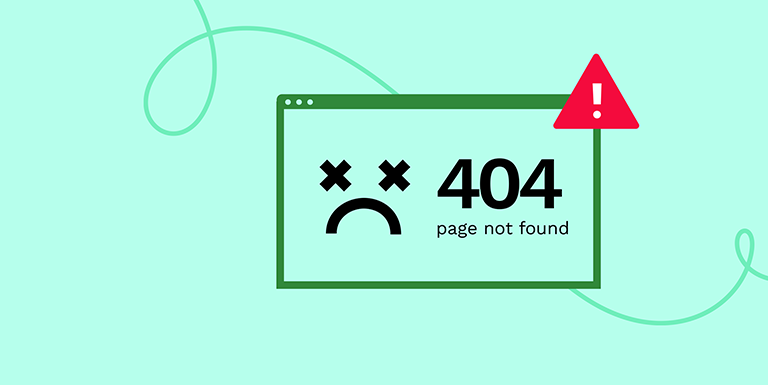
Too many errors can negatively impact your site's domain rank, resulting in it not being shown in the top results on search engines.
It's recommended to use a tool like Google Search Console to regularly monitor your website's technical health and address page errors promptly.
ecommerce seo checklist - 404 error example
3
Review excluded pages
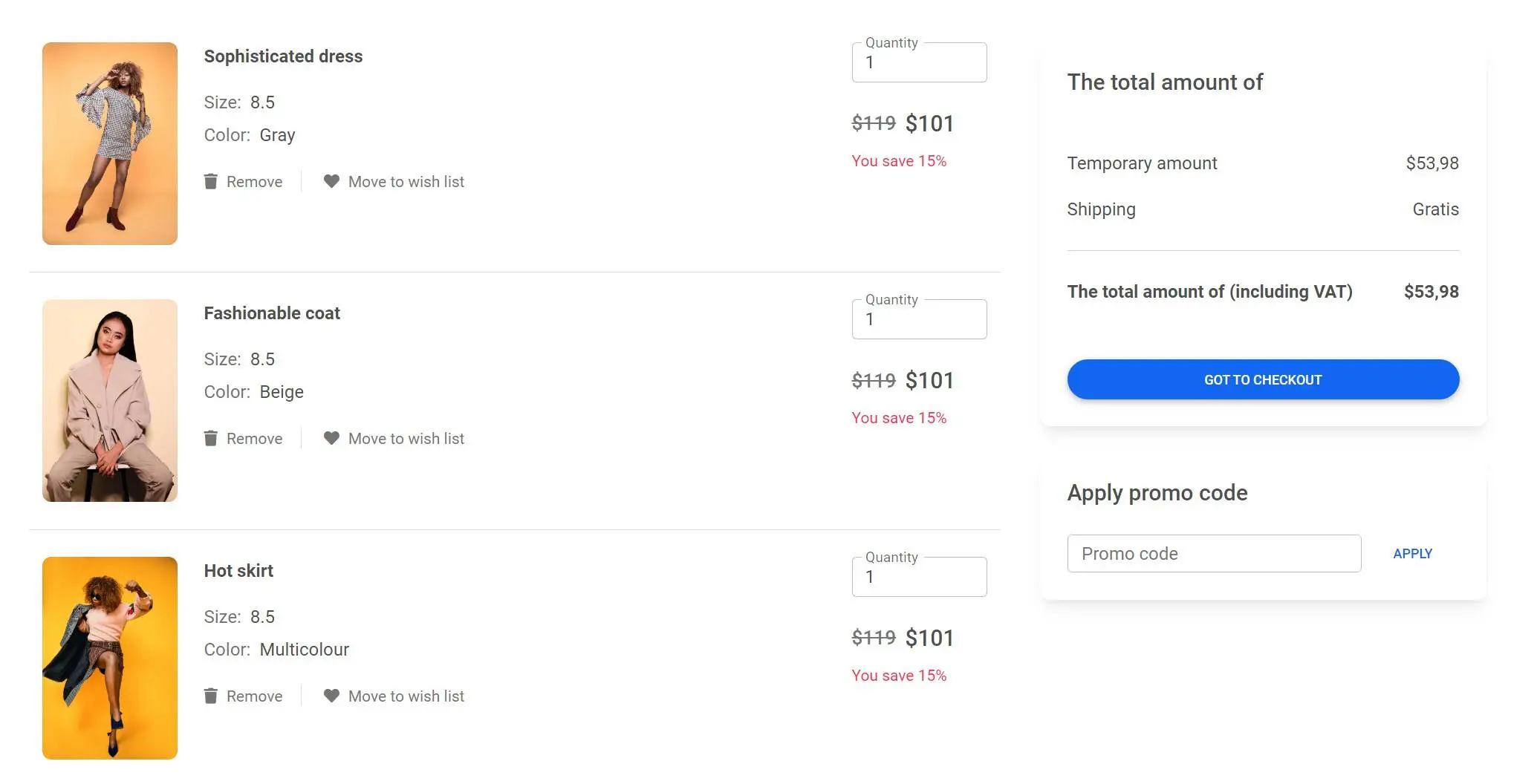
There may be some pages you don't want search engines to crawl and index, such as:
- Shopping cart pages
- Customer profile pages
You can exclude these pages from crawls by adding them to your robots.txt file, which informs search engine bots not to index them.
To find this file for your site, search for 'your-website.com/robots.txt'.
However, it's good practice to review your list of excluded pages to ensure that no essential ones are accidentally being blocked from being crawled.
4
Implement schema markup Adding HTML tags to your pages allows search engines to display specific elements on the search engine results page (SERP), such as:
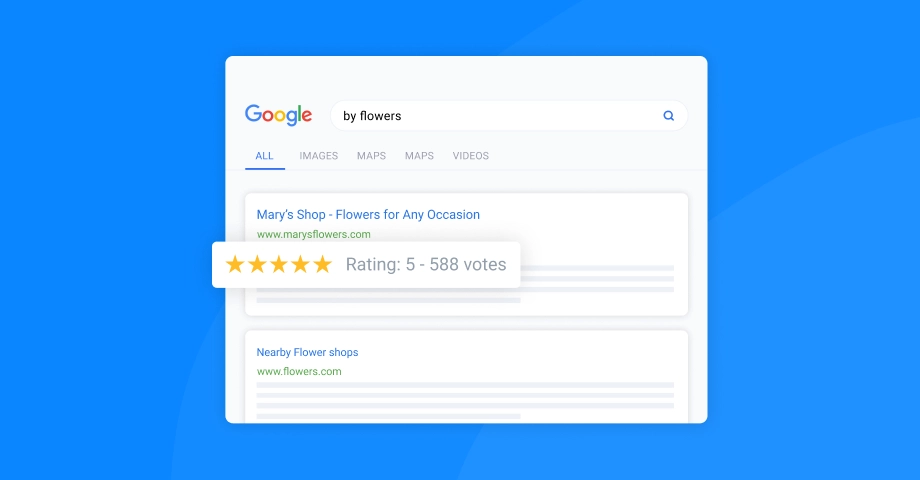
- Product prices
- Availability star
- Ratings
These features make your products more appealing when presented to shoppers on the SERP and increase the likelihood of being featured on Google's shopping tab.
5
Target specific, relevant keywords with the right query intent Choosing the right keywords for your products can significantly impact your search engine ranking.
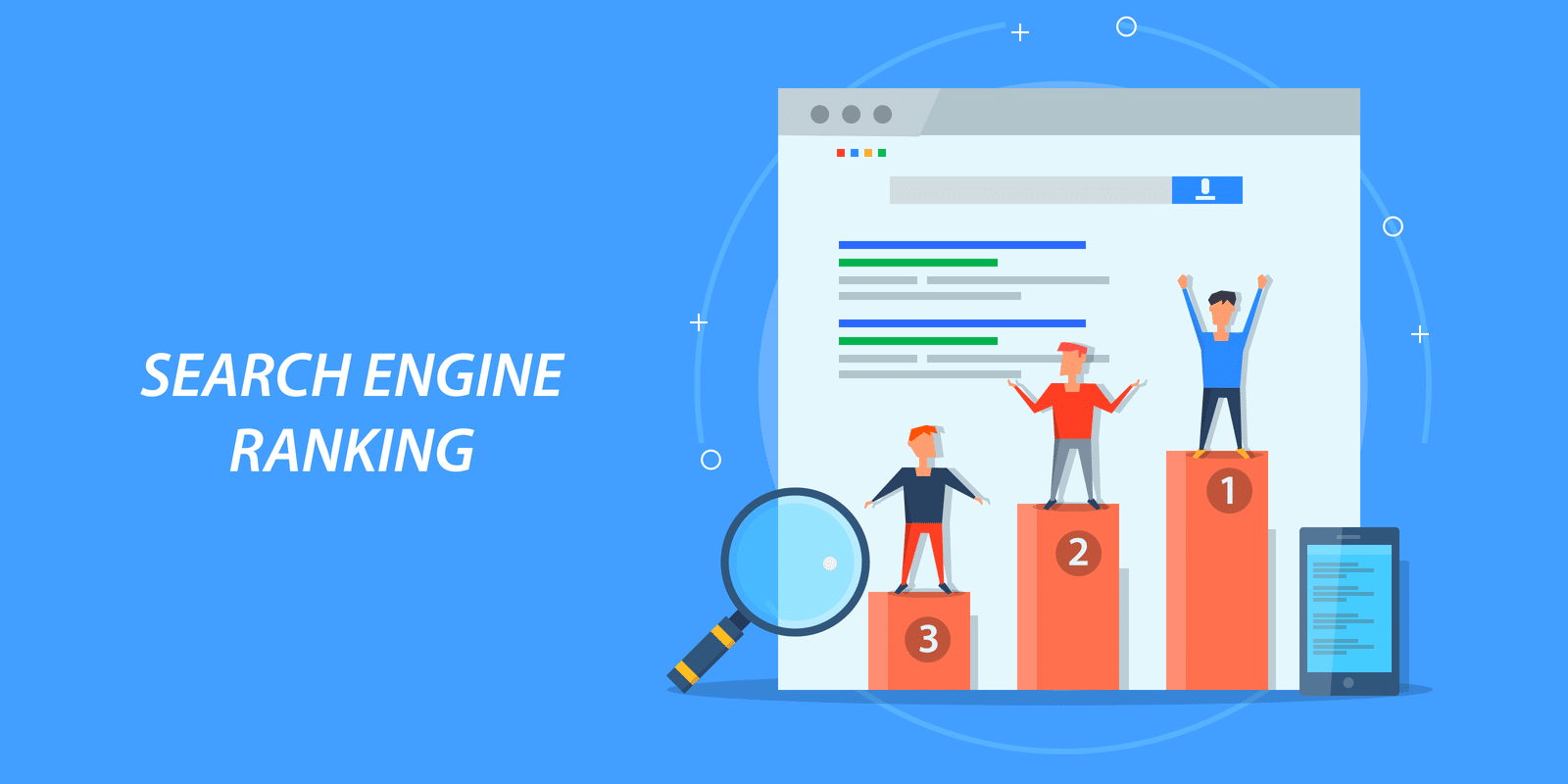
This means not just focusing on the highest search-volume terms but ensuring that they are specific to the product and have the right search intent behind them.
To identify the best keywords for your eCommerce site, consider using a keyword research tool like KeySearch. KeySearch helps you discover relevant, high-traffic keywords with the right intent, giving you a competitive edge in your SEO efforts.
6
Avoid keyword cannibalization When mapping your keywords, it's crucial to ensure that you don't have multiple pages competing for the same terms.

This is called keyword cannibalization, and it can have a detrimental effect on your ranking.
If two of your pages rank for the same term, search engines will not know which one to display first, if at all.
7
Eliminate duplicate content Google values high-quality, unique content that demonstrates expertise in the subject matter.
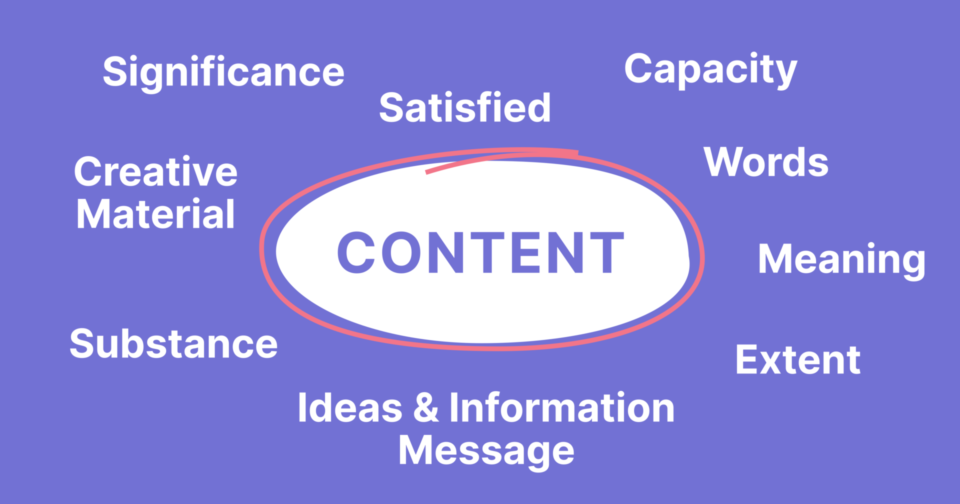
Duplicate on-page and metadata content can be more common on eCommerce sites than any other, as you likely have multiple similar products.
However, sites with duplicate content will suffer in rankings.
This is because, similar to keyword cannibalization, if multiple URLs show the same content, the search engine will not know which page to prioritize.
As a result, URLs with duplicate content will all be ranked lower, and preference will be given to other sites.
8
Expand thin content Duplication and keyword cannibalization aren't the only issues your content can face.
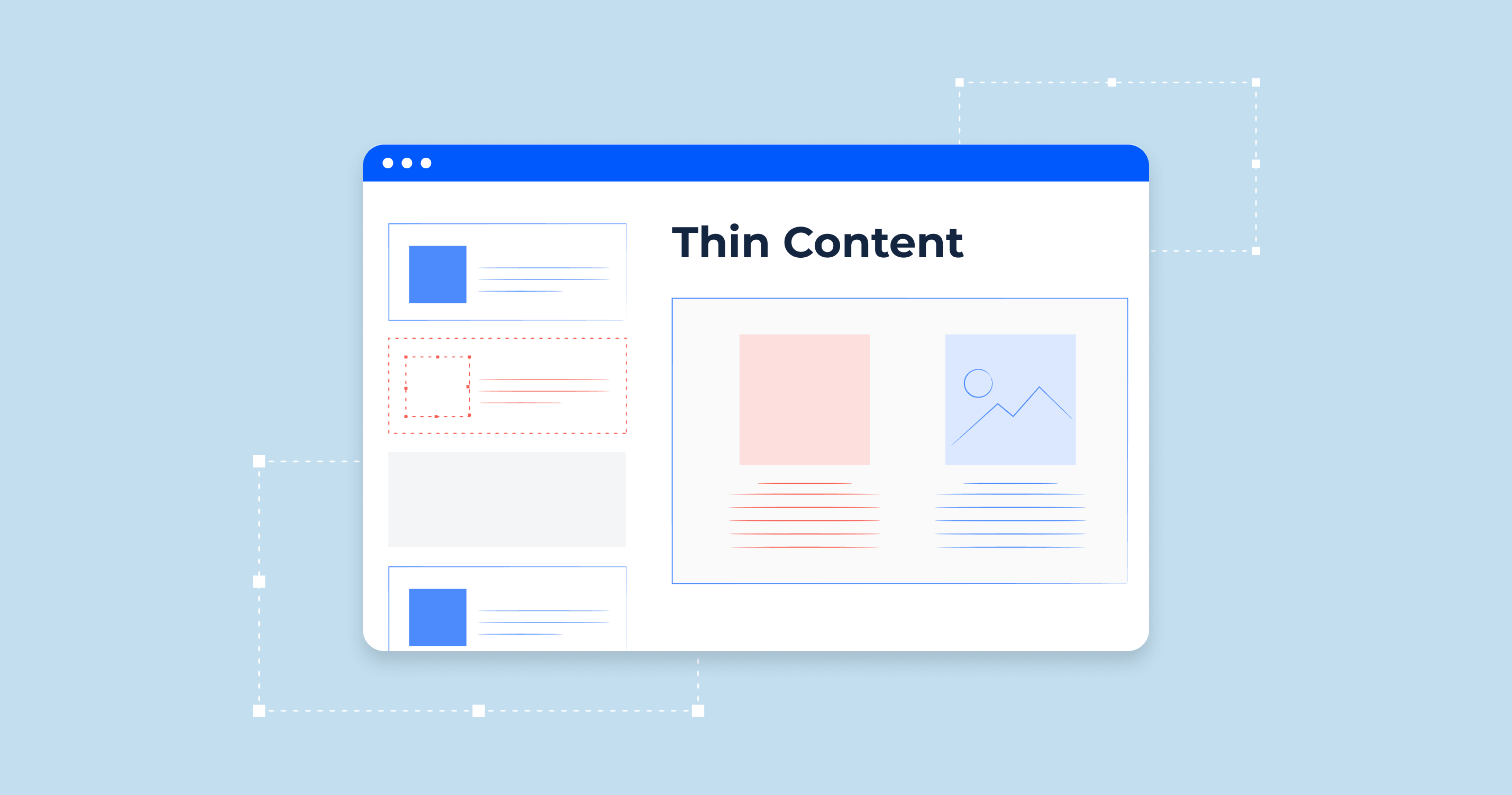
"Thin content," which refers to minimal product descriptions and on-page information, is unlikely to satisfy a shopper's search query.
Consequently, search engines like Google will be less likely to serve your page in the top results on the SERP.
Although there is no ideal content length, we typically recommend ensuring any pages with text contain at least 500 words.
Drive eCommerce SEO success with a comprehensive strategy
Achieving eCommerce SEO success requires a multi-faceted approach that addresses technical aspects, content quality, and keyword optimization. By following the checklist outlined in this guide, you'll be well on your way to improving your site's visibility and ranking on search engine results pages.
Remember, SEO is an ongoing process that demands continuous effort and adaptation to keep pace with evolving algorithms and technological advancements. Regular site audits and the expertise of eCommerce SEO professionals can help you identify and resolve issues promptly, ensuring that you maintain a competitive edge in your market.
Investing time and resources into your eCommerce SEO strategy is crucial for long-term success. By prioritizing the key elements discussed in this guide, such as website crawlability, error resolution, content optimization, and keyword research, you'll be better equipped to attract organic traffic, improve user engagement, and ultimately drive more sales.
As you embark on your eCommerce SEO journey, consider partnering with experienced professionals who can provide valuable insights and support. With the right strategy and guidance, you can unlock the full potential of your online store and achieve sustainable growth in the ever-competitive digital landscape.

